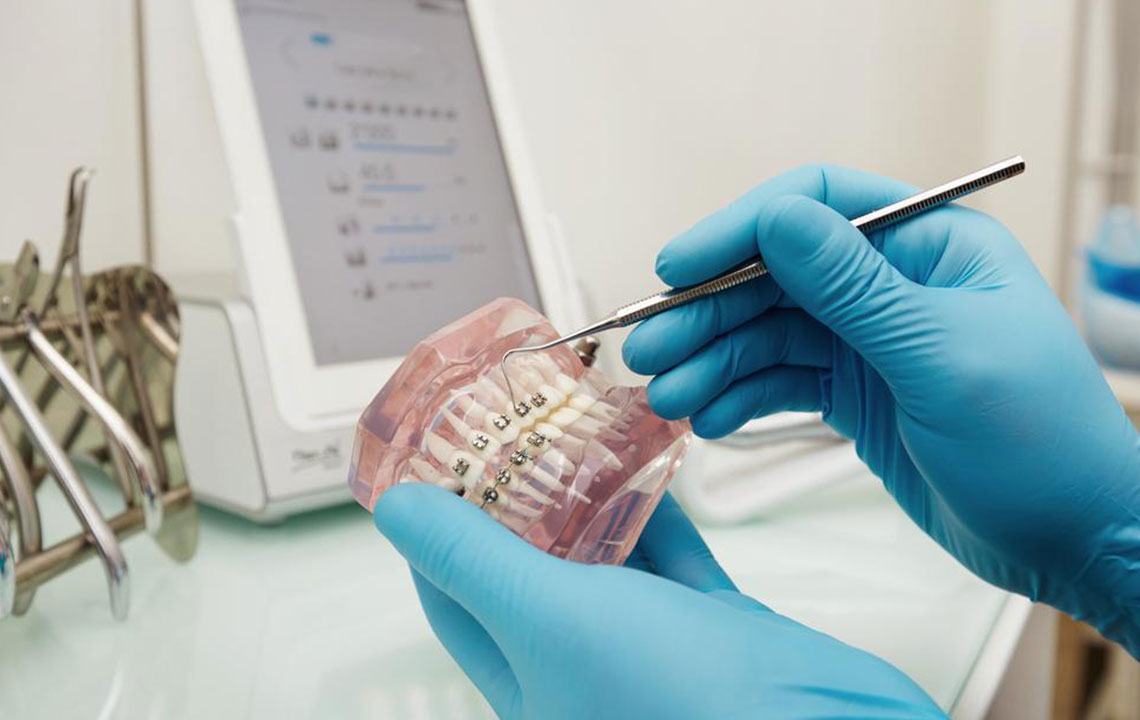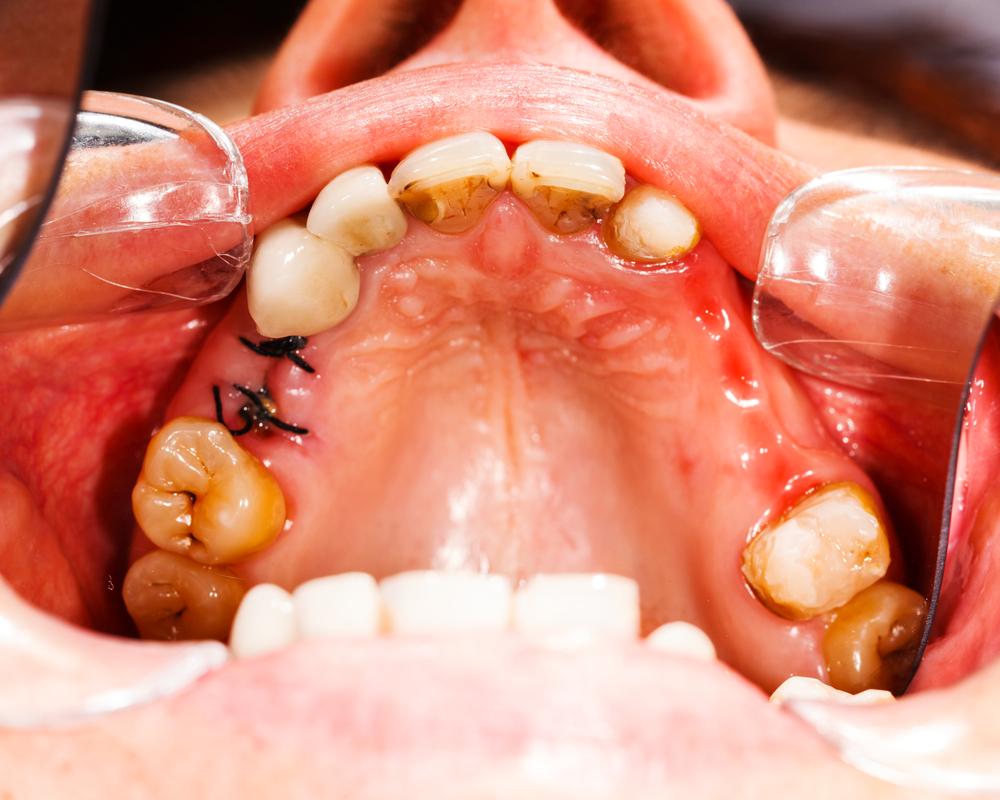Recognizing the Key Symptoms of Dry Socket for Prompt Care
Dry socket is a painful post-extraction complication, characterized by severe pain, loss of blood clot, foul taste, pus, and swelling. Early recognition and prompt dental care are essential for effective treatment and healing. This article highlights key symptoms to watch out for after tooth removal.

Dry socket, medically known as alveolar osteitis, is a painful complication that can occur after tooth extraction, particularly following wisdom tooth removal. It occurs when the blood clot protecting the extraction site fails to form or dislodges early, exposing bone and nerve tissues. This leads to significant discomfort and inflammation near the extraction area, which can spread to surrounding facial regions.
Identifying dry socket symptoms early
Severe pain developing two days post-extraction that may radiate to the ear, eye, neck, or temple, affecting the entire face on the affected side.
Loss or absence of the blood clot in the socket, revealing bone and nerve tissues.
Unpleasant taste and foul odor due to trapped food debris in the dry socket, which can be difficult to clean because of pain.
Pus accumulation in the site, indicating infection due to the missing protective blood clot.
Swelling on the face near the extraction site caused by exposed nerve endings and inflammation.
If symptoms are noticed, it is crucial to see a dentist immediately as over-the-counter remedies are ineffective. Proper professional treatment prevents worsening of the condition and promotes healing.
Note: Our blog provides practical health insights but should not replace professional medical advice. Always consult your healthcare provider for accurate diagnosis and treatment.










